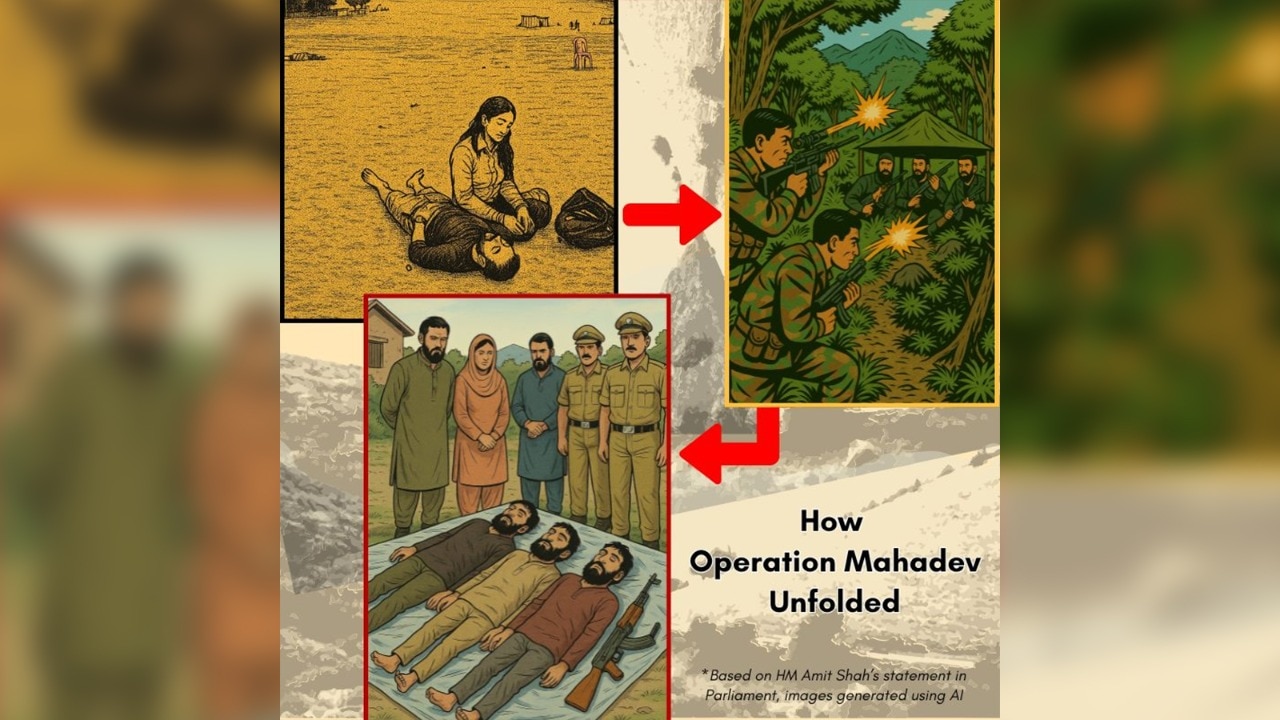ARTICLE AD BOX
Last Updated:July 29, 2025, 12:35 IST
Equipped with dual-frequency radar and the largest-ever antenna ever deployed in space, NISAR is the most expensive earth-observation satellite ever built, at $1.5 billion.

The much-anticipated NASA-ISRO Synthetic Aperture Radar (NISAR) is one of the biggest Indo-US satellite missions.
At 5:40 pm on July 30, India’s heaviest rocket GSLV, will lift off from Sriharikota carrying the most sophisticated radar satellite ever built. The 2393-kg satellite developed at a cost of $1.5 billion, marks the culmination of a decade of hard-work by scientists from NASA and ISRO who persevered through the pandemic to bring the mission to fruition.
“Everything looks good. The rocket is set. The weather is fine. We are ready to go," said Phil Barela, NISAR Project Manager from Jet Propulsion Laboratory (JPL) in the pre-launch briefing 48 hours before the lift-off. A team of scientists from NASA-JPL is currently in India working closely with ISRO scientists, as the much-anticipated Indo-US satellite mission gears up for take-off.
The much-anticipated NASA-ISRO Synthetic Aperture Radar (NISAR) is one of the biggest Indo-US satellite missions – that will provide a three-dimensional view of Earth in unprecedented detail. The first-of-its-kind satellite will scan nearly all the Earth’s land and ice surfaces twice every 12 days, observing changes as small as a centimeter with high-resolution imagery, collecting earth observation like no other NASA satellite before it.

“We already have over two dozen missions in orbit observing Earth, but NISAR is a groundbreaking mission. It will advance our understanding significantly, with the ability to detect changes as small as a centimetre – regardless of the weather conditions. It has brought India and the US together to study Earth like never before," said Karen St Germain, Director of Earth science at NASA on Monday.
The satellite will provide a detailed record of how Earth’s land and oceans are changing over time – boosting climate research. The data will help scientists see the precursors to natural hazards like landslides, earthquakes and volcanoes to aid in disaster warnings and preparedness.
The satellite worth $1.5 billion with NASA accounting for roughly $1.2 billion is one of the most expensive earth-imaging satellites ever built. While NASA has contributed the L-band Synthetic Aperture Radar – a high-rate telecommunication subsystem, GPS receivers and a deployable 12-meter unfurlable antenna. ISRO, on its part has provided the S-band SAR payload, the spacecraft bus to accommodate both payloads, the GSLV rocket and all associated launch services.
The spacecraft will bounce microwave signals off Earth’s surface and receive the return signals on a radar antenna reflector measuring 12 meters. Result – about 80 terabytes of data products per day over the course of NISAR’s prime mission. The information will be processed, stored and distributed via the cloud – freely accessible to all. “Any process that moves the land – even by just a few millimeters – NISAR will observe. No other Earth-monitoring mission offers this level of detail and frequency," noted Gerald Bawden, NISAR Program Scientist at NASA.

Srishti Choudhary, Senior Assistant Editor at CNN-News18 specializes in science, environment, and climate change reporting. With over a decade of extensive field experience, she has brought incisive ground repo...Read More
Srishti Choudhary, Senior Assistant Editor at CNN-News18 specializes in science, environment, and climate change reporting. With over a decade of extensive field experience, she has brought incisive ground repo...
Read More
- Location :
- First Published:
News india NISAR Satellite Will Monitor Earth Like Never Before, Says NASA As India Prepares For Lift-Off
Disclaimer: Comments reflect users’ views, not News18’s. Please keep discussions respectful and constructive. Abusive, defamatory, or illegal comments will be removed. News18 may disable any comment at its discretion. By posting, you agree to our Terms of Use and Privacy Policy.



.png)
.png)
.png)
















 10 hours ago
8
10 hours ago
8








 English (US) ·
English (US) ·